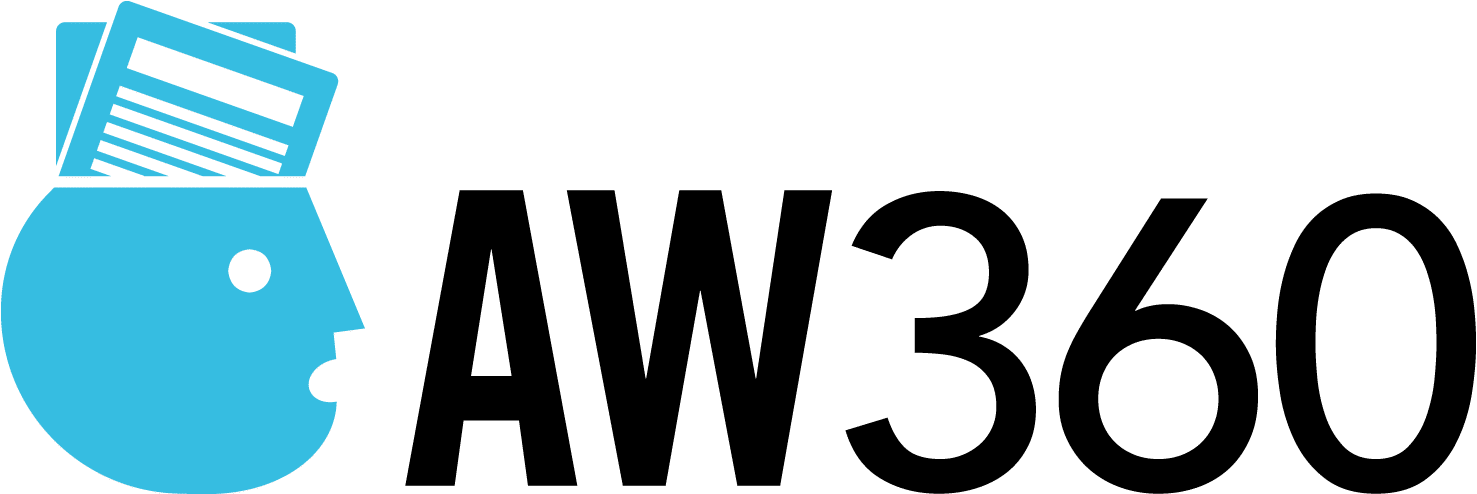Now, as the industry settles into the ‘new normal’, questions are being asked about how digital advertising should adjust to help brands maintain relevance, stability, and return to growth. Key among them are practical concerns such as: on what basis activity should be planned; the kind of messages that will work best for audiences; and, especially important in a time of greater uncertainty, where budgets should be focused.
Navigating the storm will require consistent, reliable, and tailored insights that keep brands on the right course and help them use precious resources wisely. As a result, a new and accurate measurement that ties into core business goals will be more essential than ever.
The health crisis is changing both advertiser and audience behaviors
As the rising impact of COVID-19 continues to upend everyday life, advertising is seeing a sharp pivot in spending tactics. Estimates for overall media investment are down — some say up to 50% — and brands are moving to accommodate the increase in topical digital content. A number of brands are keeping options open by avoiding only negative Coronavirus associations, while others are steering clear of all mentions; with keyword blocking for the term up by 80% in a single week.
The outbreak is also driving increased content consumption across channels. Not only is TV viewing experiencing a boost, but the digital sphere is also seeing a greater surge in engagement as more people spend more time online, especially with video and audio content. In fact, podcast services such as Acast reported 875,000 listens to Coronavirus-related content in one day and, so high is the anticipated demand for online video, that Netflix and YouTube have reduced streaming quality to ease pressure on core internet infrastructure.
There is plenty of scope to keep up vital audience connections, as long as advertisers tread carefully, revise their original plans, and adapt their creative messages to strike the appropriate tone in this unprecedented health and economic crisis.

